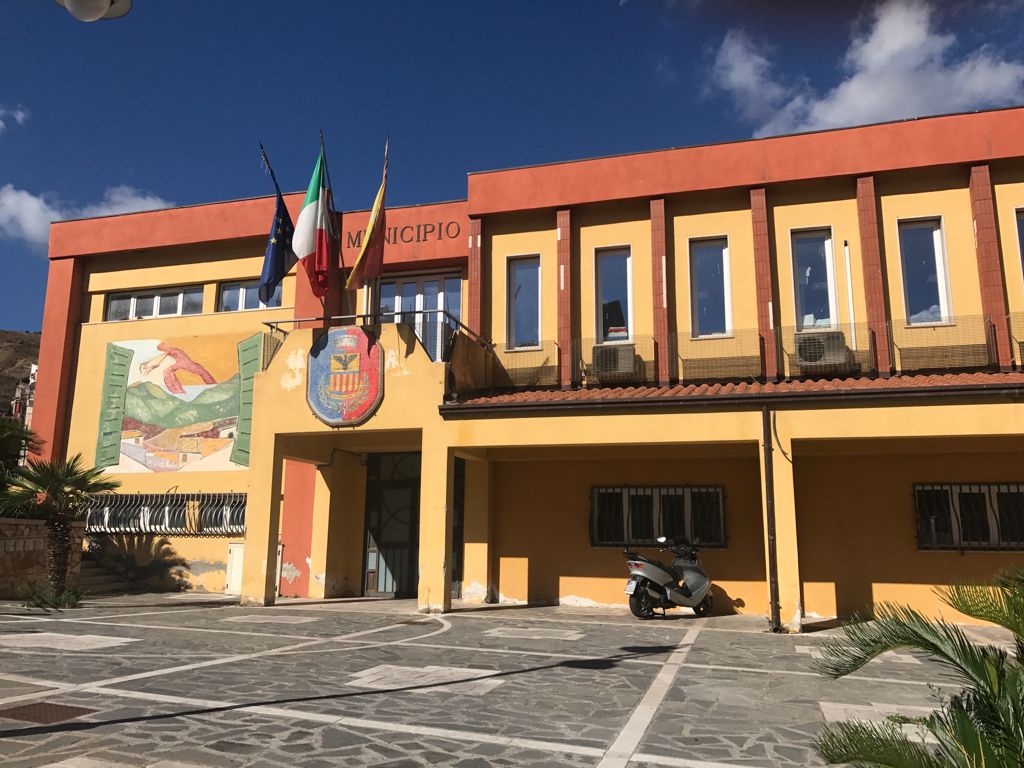

The charming Sicilian village of Limina is located on a hill at the foot of Mount Kalfa or Galfa in the Peloritani Mountains overlooking the Agro Valley, not far from the Ionian Sea and the splendid town of Taormina.
A magnificent territory, crossed by the Cammino di San Filippo, and with some unique geological features such as the beautiful Gole della Ranciara which attract lovers of nature and rafting. The gorges owe their name to the orange trees and along its path they offer the best of Sicily
The history of Limina and the eastern part of Sicily is very ancient and begins with the Greeks, who called it Magna Graecia, the Carthaginians and finally with the Romans who transformed the island into their granary. And right here, in 260 BC, a great battle was fought between the Romans and the Carthaginians during the First Punic War.
It seems that the name Limina derives from the Latin for 'border', and in fact this territory was located right on the border between the Comarca of Messina and that of Taormina to which it was part.
There are not many stories from the Roman period apart from the passage of San Filippo d’Agira to Passo Murazzo around 66 AD.
San Filippo was a monk and exorcist born in 40 AD in Agira in Syria from a Roman famil, and arrived in Sicily to convert the island. Near the current Sanctuary in Passo Murazzo there are the remains of a building of Roman origin, later used by the Byzantines up to the fifth century, while the name Passo Murazzo would derive from 'step of the great Moor' and refers to the subsequent period of Arab domination.
The current village, however, was formed around 1000 at the time of the Normans when the populations sought refuge in fortresses on heights. The original castle and residential area were destroyed by natural disasters over the centuries, but in the Middle Ages we probably owe the division of the territory between feudal lords and the establishment of the Barony of Limina.
Limina was an open municipality and already in the 11th century it housed a Jewish community that escaped the persecutions of Caliph Omar who, having taken refuge in the ghetto called Judeca, began activities in the production and trade of silk.
During the period of Aragonese domination, the beautiful Church of the Madonna delle Pregerai was built on the remains of the ancient synagogue. At that time the church was connected to an oil mill and cultivated a large territory.
The first official news of Limina dates back to 1500 when the Spaniards of Charles V reigned in Sicily, and it dates precisely to 1516 with the popular uprisings during the reign of Baroness Francesca Porcu.
In 1583 the Spanish Viceroy Marcantonio Colonna divided the Sicilian territory into administrative units and Limina became part of the Comarca of Taormina.
But the real turning point in the history of Limina came with the elevation of Limina into the Marquisate by the powerful Pietro Balsamo. He was also responsible for the foundation of the nearby town of Roccafiorita, when in 1610 he received the or Licentia Populandi from Cardinal Giannetto Doria, Archbishop of Palermo and lieutenant of the King.
In this period the territory was irrigated by water and was rich as oil, wine, silk, fodder were produced and animals were raised.
Pietro Balsamo had become a baron very soon and after marrying the daughter of the prince of Castelvetrano, in 1599 he was appointed Marquis by Philip III king of Spain. He then joined the Deputation of the Kingdom, which was responsible for carrying out the resolutions of the Sicilian Parliament.
After receiving the title of Prince of Roccafiorita, he then became a deputy from 1621 to 1626 and was president of the Pia Istituzione dei Cattivi which took care of Sicilian prisoners in the hands of Muslims. He then died in 1646 without heirs and left everything to his nephew Giacomo Bonanno.
After the Messina revolt against the Spaniards, in 1676, the town of Limina was subjected to the military authority of the nearby town of Savoca, although it always maintained a certain administrative autonomy.
During the eighteenth century, Limina was famous for its mines of lead, silver, black coal and had a small one-fire foundry, one of the two present in the Peloritani Mountains. Its mines are described in the 1798 Mineralogy manual by Pietro Gambadauro. During this period, the profession of a notary who was to serve the municipalities of Limina and Roccafiorita was also authorized.
When, after the passage of Napoleon, feudalism was abolished, the municipality of Limina was established in 1821. The last feudal lord was the Marquis Giovanni Colonna Branciforte.
As in many Sicilian municipalities, even in Limina there were riots on the occasion of the unitary uprisings of 1848 and many Liminese enlisted among the Garibaldians in favour of the Unification of Italy.
But apart from the Workers' Mutual Aid Society and the Agricultural Mutual Aid Society, the unity of Italy did not bring the benefits hoped for by the population and many Liminese had to leave their country in search of fortune, especially in the United States.
In 1908 Limina suffered the consequences of the terrible earthquake of nearby Messina in 1908.
After the second post-war period, there were other migratory waves towards the USA, Venezuela, Australia and Argentina.
Among the feasts we celebrate that of the patron saint San Sebastiano Martire (Saint Sebastian Martyr) on January 20 and that of the co-patron Madonna delle Pregiaria on August 15. But the most heartfelt are that of San Filippo d’Agira on 11 May, followed by the Octava, and on 16 August dedicated to emigrants. Until recently, the feast of San Filippo d’Agira was also celebrated in New York and Caracas.









Follow us